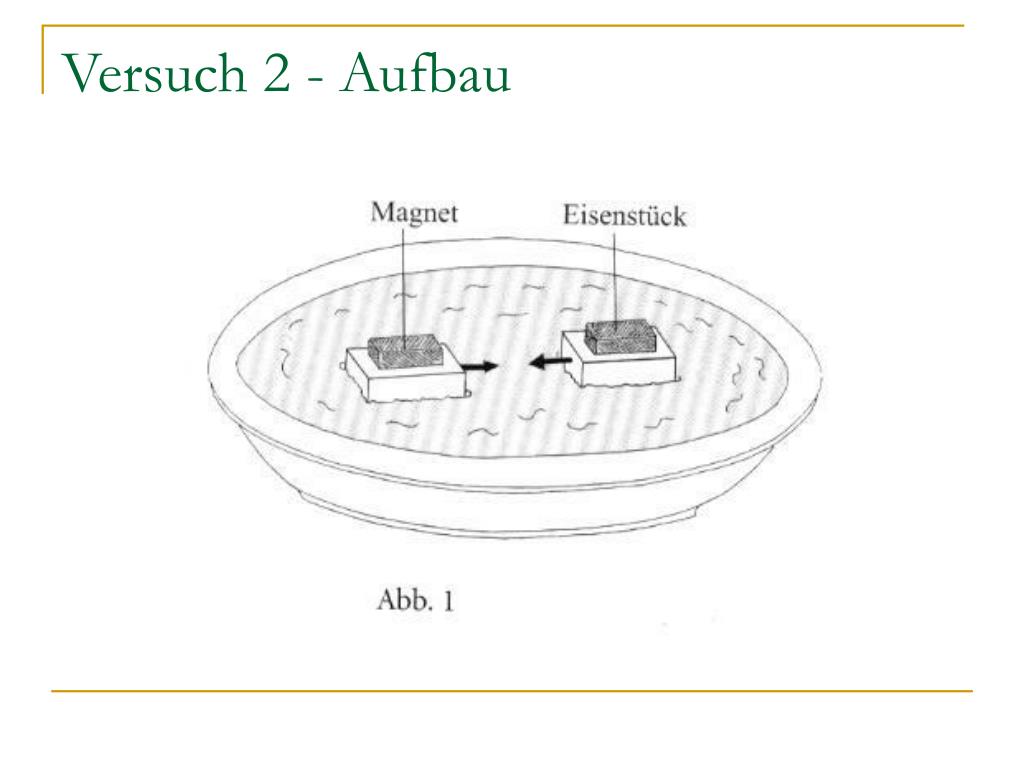
Our study demonstrates that asymmetric scatterers exhibit directed motion due to the breakdown of mirror symmetry in open systems that involve incident external fields. Specifically, this has recently been shown theoretically in the interaction between dissimilar optically trapped particles mediated by an external field. However, non-reciprocal forces can arise.

Therefore, the nonreciprocal forces are a consequence of momentum conservation. From Newtons third law, the principle of actio et reactio, we expect the forces between interacting particles to be equal and opposite. Cellcell adhesion has been studied by micropipette aspiration techniques ( 9, 10 ) and atomic force microscopy (AFM) ( 11 13 ).

We show via electrodynamic theory and simulations that interparticle interactions cause asymmetric scattering from heterodimers. By actio et reactio, this force has to be counterbalanced on the APC side, resulting in a high interaction force between T cells and APCs. In this letter, we directly measure the net nonreciprocal forces in electrodynamically interacting asymmetric nanoparticle dimers and nanoparticle structures that are illuminated by plane waves and confined to pseudo one-dimensional geometries. One of the foundations of physics is Newtons third law, actio reactio. As a result, despite the incident external field not having a transverse component of momentum, the particle pair experiences a force in a direction that is transverse to the light propagation direction. the configuration of the dust structure (Kong et al., PRE 90, 013107, 2014). This has been shown theoretically in the interaction between dissimilar optically trapped particles that are mediated by an external field. Otherwise, “nonreciprocal” forces can arise. Finally, we demonstrate experimentally that non-reciprocal dynamics occur generally for illuminated asymmetric scatterers.Yifat, Yuval Coursault, Delphine Peterson, Curtis Parker, John Bao, Ying Gray, Stephen Rice, Stuart Scherer, Norbert Abstractįrom Newton’s third law, which is known as the principle of actio et reactio, we expect the forces between interacting particles to be equal and opposite for closed systems. We show by electrodynamic theory and simulations that inter-particle interactions cause asymmetric scattering from heterodimers and therefore, the non-reciprocal forces are a consequence of momentum conservation. In classical mechanics, Newtons third law states that forces occur in pairs, one called the Action and the other the Reaction (actio et reactio in Latin). In this letter, we directly measure the net non-reciprocal force in electrodynamically interacting nanoparticle dimers illuminated by plane waves and confined to pseudo one-dimensional geometries. The non-conservative contribution emerges from the radiation. As a result, despite the incident external field not having a transverse component of momentum, the particle pair experiences a force in a direction transverse to the light propagation direction. as manifest in negative torque and linear motion that seem to defy the actio et reactio principle of classical Physics requires considering optical. The actio et reactio equality is broken, leading to the appearance of a non-reciprocal interaction force in the equation of motion.

From Newtons third law, the principle of actio et reactio, we expect the forces between interacting particles to be equal and opposite.


 0 kommentar(er)
0 kommentar(er)
